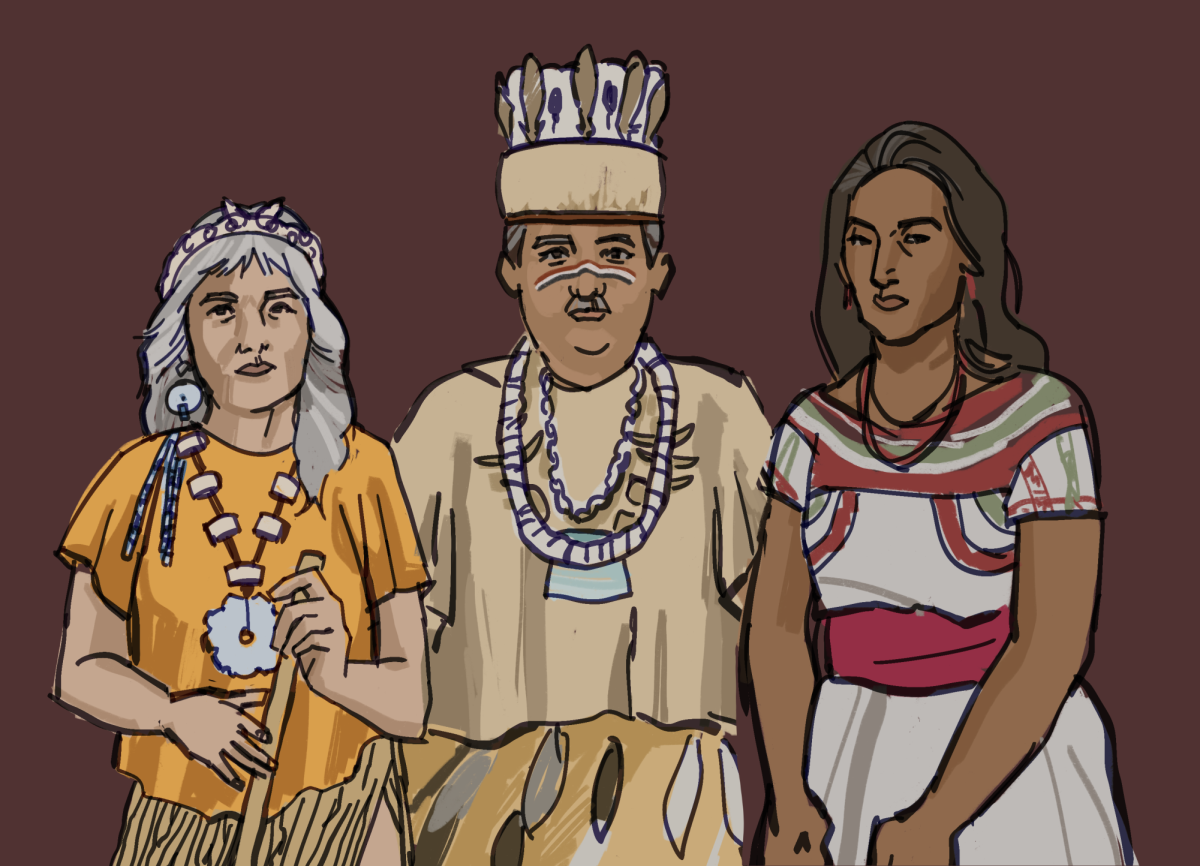Oct. 14 marks Indigenous Peoples’ Day, a national holiday that commemorates the diverse cultures and contributions of Indigenous peoples. However, the significance of this day extends beyond mere recognition; it urges us to reflect on the often overlooked history of Indigenous peoples that resulted in socioeconomic inequalities that persist today. In honor of the holiday, we must understand the struggles Indigenous people continue to face and explore ways to support and amplify their voices.
Indigenous peoples, commonly referred to as Native Americans, are the original inhabitants of the American continent. The arrival of European settlers in the late 15th century marked the beginning of centuries of violence, cultural oppression and exploitation. Through policies such as forced relocation and land dispossession, Indigenous peoples were stripped of their lands, rights and identities.
These historical injustices faced by Indigenous peoples have shaped many of the challenges they encounter today. Centuries of displacement and assimilation have resulted in Indigenous peoples in North America losing nearly 99% of the land they previously occupied.
This legacy has prevented many Native communities from accessing higher education as a result of less wealth, with only 16% of Native Americans holding a bachelor’s degree. Additionally, 42.1% of Natives rely on Medicaid or other public health insurance, and the median household income for Native Americans is about $44,000, reflecting a lack of economic opportunities. Currently, approximately 27% of Native Americans live in poverty, significantly higher than the national average of around 15%.
Moreover, the systematic marginalization of Indigenous peoples has resulted in substantial underrepresentation in political and social institutions as they are often excluded from federal datasets entirely, which makes it difficult for Native voices to influence decisions that impact their communities.
Indigenous Peoples Day encourages everyone to actively confront the systems that continue to marginalize Native people. While dismantling these structures individually is out of our scope, it is our responsibility to stay informed, uplift Indigenous peoples and use our platforms to share their messages.
Students can use social media to promote Indigenous activists like Sarah Eagle Heart or Indigenous organizations like the Native American Rights Fund. By sharing posts highlighting ongoing issues such as land rights or cultural preservation, we can educate ourselves and further amplify Indigenous voices.
Engaging with local history can also help deepen understanding and appreciation for Indigenous peoples. In Irvine, students can visit the Irvine Historical Museum, which sometimes features exhibitions on local Indigenous history, including the Gabrieleño and Juaneño peoples, the original inhabitants of Orange County.
“At the end of the day, we live on a planet with 8 billion people with different lives and different cultures,” Aztec descendant and junior Isabella Montes said. “As long as you can take the time to listen to someone’s experiences, you can learn so much about their identity.”
As you enjoy the day off from school, remind yourself and others why this holiday exists to begin with. The contributions of Indigenous peoples are instrumental to America’s identity, and acknowledging their history and ongoing challenges ensures that Indigenous people remain heard.





















































